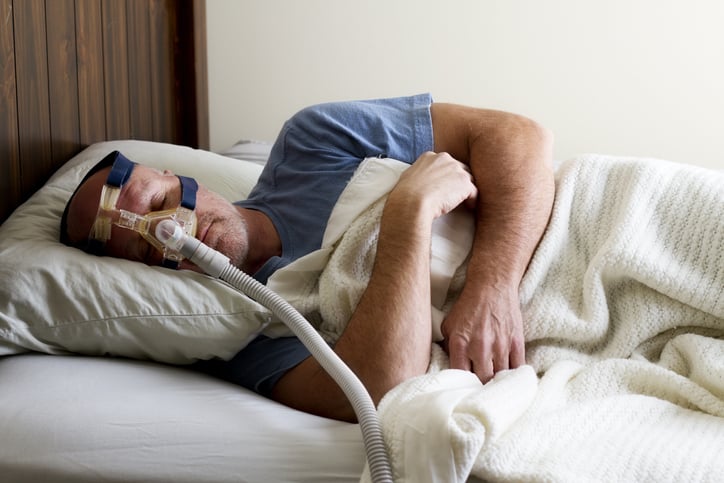Cardiovascular
Inconsistent Cardiovascular Outcomes: Single-Night Sleep Apnea Diagnosis
The following is a summary of “Single-Night Diagnosis of Sleep Apnea Contributes to Inconsistent Cardiovascular Outcome Findings,” published in the July 2023 issue of the Chest by Lechat et al.
Misclassifying OSA as a single-night disease due to night-to-night variability may contribute to inconsistent findings in OSA trials. Does multinight OSA severity quantification yield more precise estimates of associations with incident hypertension? In simulation analyses, 3,831 participants without hypertension at baseline were included. Participants had 28 days of nightly apnea-hypopnea index (AHI) recordings via an under-mattress sensor, three separate BP measurements during a 3-month baseline, and three different BP measurements 6 to 9 months postbaseline. Definition of incident hypertension: mean systolic BP 140 mm Hg or mean diastolic BP 90 mm Hg.
The effect of variable numbers of nights (x = 1-56 per participant) to quantify AHI and the ability to detect associations between OSA and incident hypertension via logistic regression adjusted for age, sex, and BMI was investigated via 1,000 simulated trials using bootstrap methods. Participants were of middle age (mean standard deviation: 52 ±12 years), predominantly male (91%), and overweight (BMI: 28 ±5 kg/m2). In 42% of simulated trials, single-night OSA quantification failed to detect an association with hypertension risk (α=.05). In contrast, 100% of studies saw an association when AHI was measured over ≥28 nights.
Moreover, point estimates of hypertension risk were 50% higher, and uncertainty was five times lower in multinight simulation trials compared to single-night tests. Multinight monitoring of obstructive sleep apnea (OSA) allows for more accurate estimations of hypertension risk and other potential adverse health outcomes associated with OSA. These findings have significant implications for clinical care and the design of OSA clinical trials.
Source: sciencedirect.com/science/article/abs/pii/S0012369223001575

